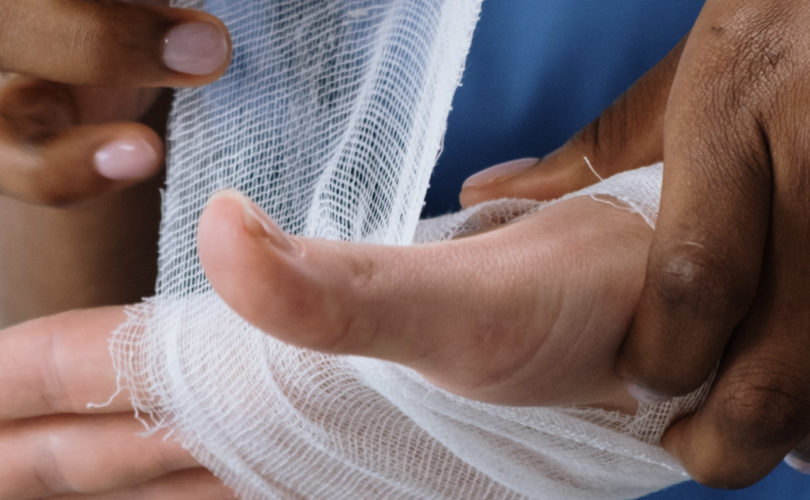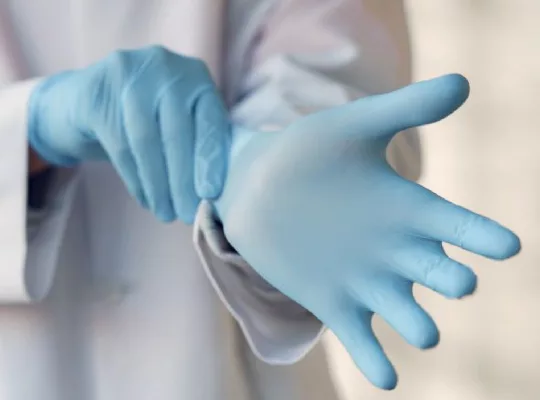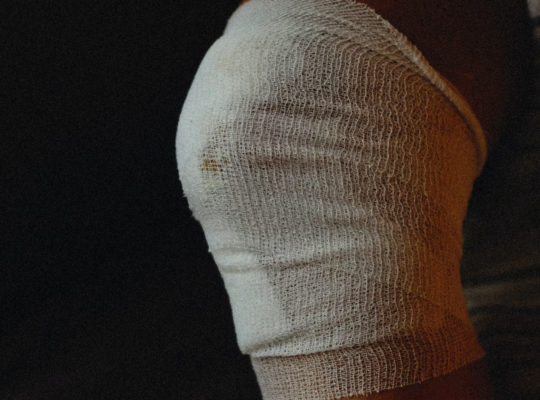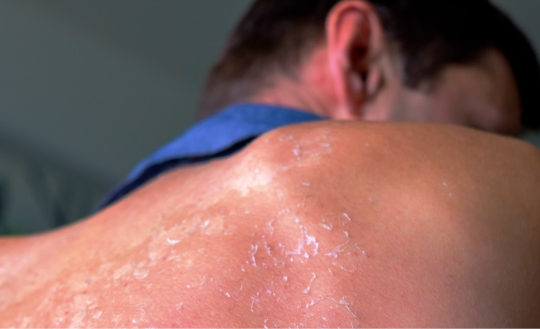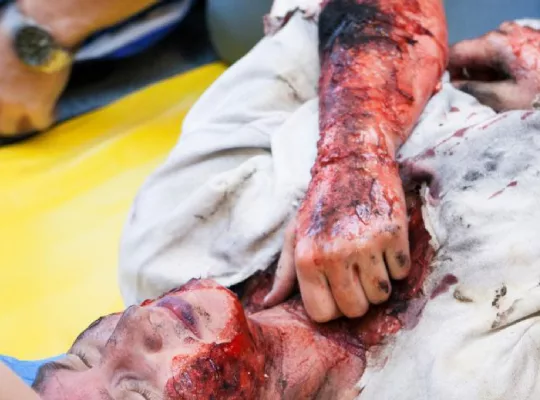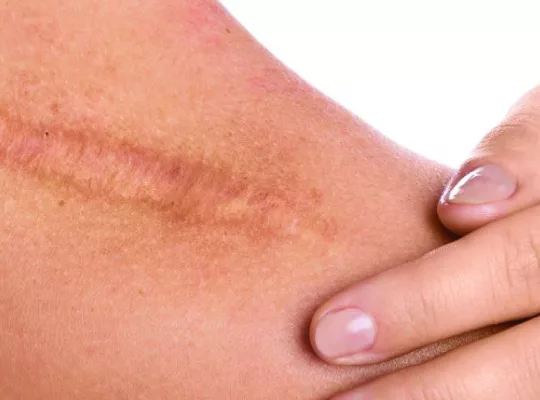No matter the size, you should clean and dress a wound. Washing your hands before and after treating a wound helps reduce the chances of infection and spreading diseases. This blog will teach you how to dress a wound to prevent infection and reduce irritation.
Minor cuts and scrapes can be treated at home, while larger lacerations need to be dressed at home until professional medical attention can be sought.
Gauging the Bleeding
A little bleeding is nothing to be concerned about. If the wound is bleeding slowly or only bleeds when you squeeze the area around the wound, there is nothing to worry about. Simply wash and dress the wound with an appropriately sized bandage. Small wounds that are consistently bleeding can also be treated at home, they just need to be monitored.
If the wound is large, excessive bleeding occurs, the wound is emitting a constant stream of blood, or is expelling a large quantity of blood on its own, then it should be addressed by a medical professional. Take some gauze or another form of absorbent dressing to absorb some of the blood, and wipe the area around the wound with an antiseptic wipe. Then grab some fresh gauze and use it to apply pressure, then call 911.
Cleaning the Wound
For non-serious wounds, rinse the wound with running water. Then use soap to clean the skin around the wound. It is ok if soap gets in the wound, it might just hurt and cause slight irritation. Rinse thoroughly to make sure all dirt and soap are out of the wound.
After rinsing the wound with soap and water, wipe the area around it with a small amount of an antiseptic or antibiotic. Antibiotics and antiseptics are very helpful for preventing the wound from getting infected. Just be sure to only use small amounts of antibiotics and antiseptics and use them infrequently.
Using antibiotics too frequently or in large quantities will give the bacteria a chance to develop a resistance to them. Antiseptics are likely to cause skin irritation when used excessively.
Washing a large wound with soap and water will cause significant pain and irritation, and it is better to just soak up the blood and use an alcohol wipe.
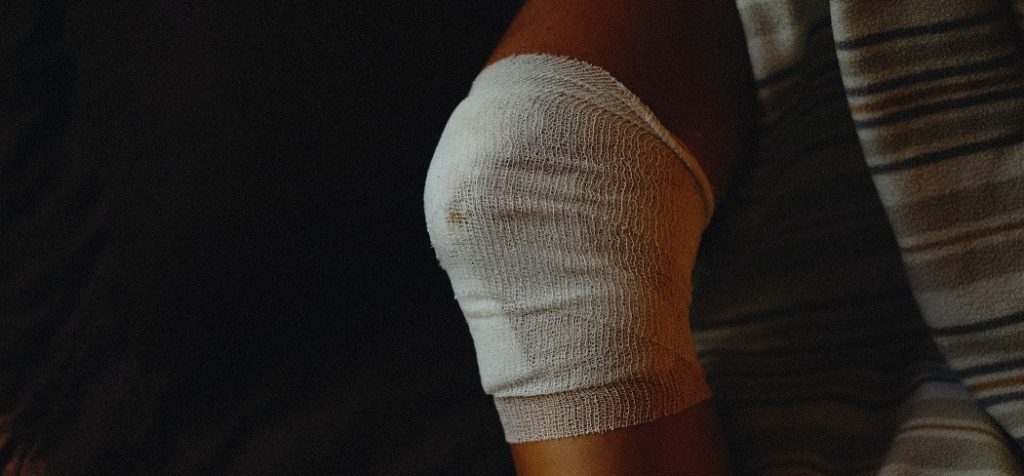
Dressing the Wound
Small breaks in the skin that are not bleeding, such as papercuts or scratches, do not need to be dressed but should be washed regularly. If the wound is on a high-contact area, covering it with an adhesive bandage will help reduce irritation.
For small wounds that are not bleeding much, adhesive bandages are all you need. If you suffer a small wound that is bleeding a lot, for instance, slicing the edge or tip of your finger with a kitchen knife, that will likely cause too much bleeding for a regular bandage, and you will have to use gauze and pressure. If the wound doesn’t stop bleeding after 10 minutes of applying pressure, see a doctor, as you may need stitches.
Wounds that are too large for a regular adhesive bandage need a trauma dressing or gauze secured with an adhesive. If you don’t have any of these things on hand, use a clean piece of cloth and packing tape.
When you dress a wound, there should be a comfortable amount of pressure. Pressure helps slow bleeding by compressing the blood vessels. Too much pressure may cut off circulation and cause additional issues.

